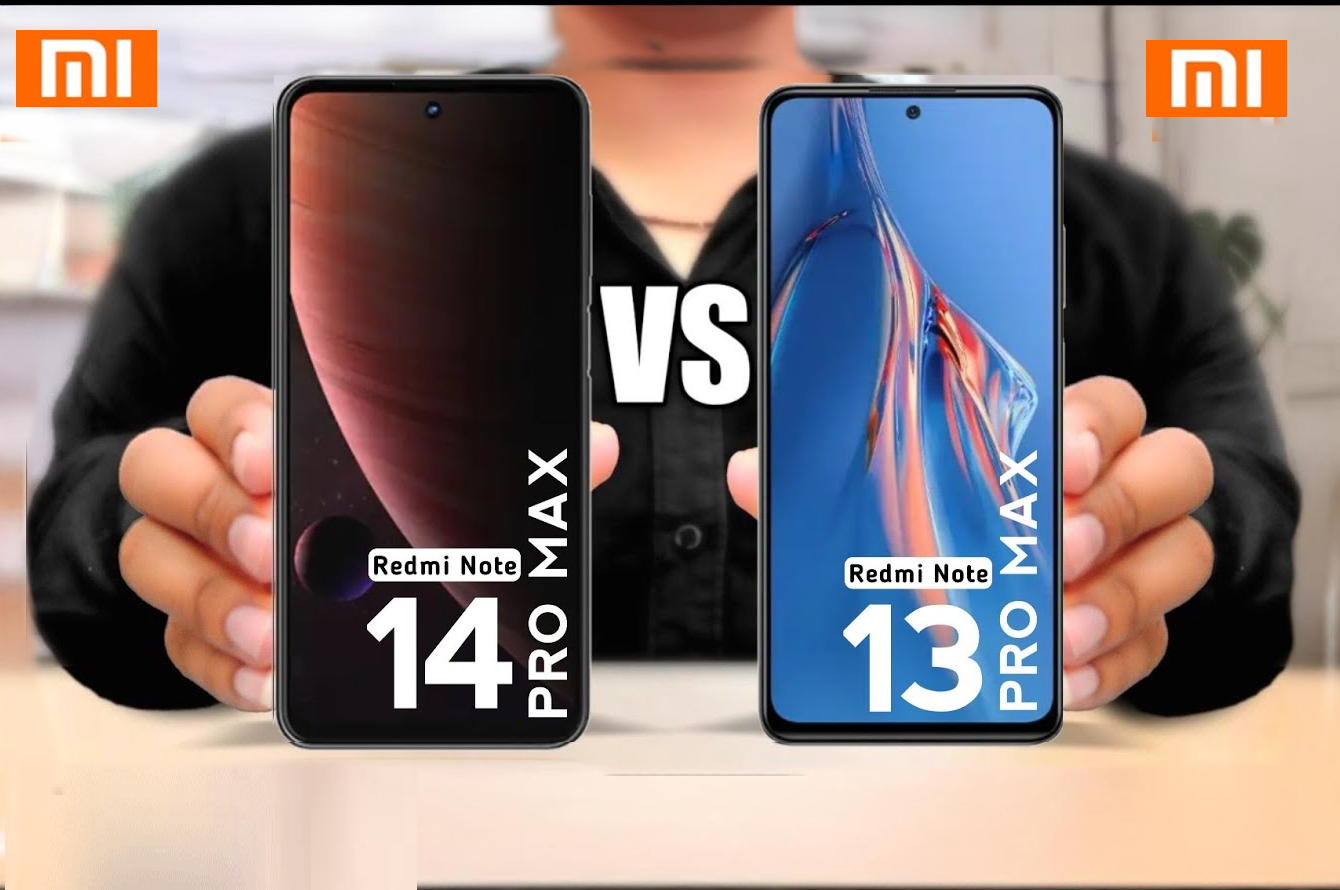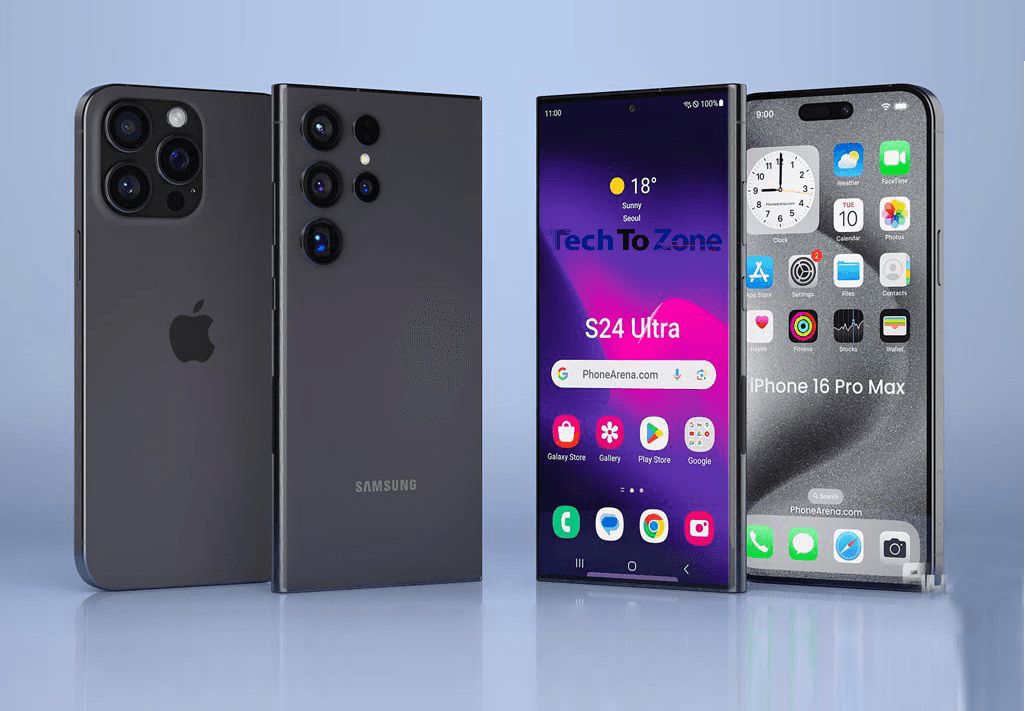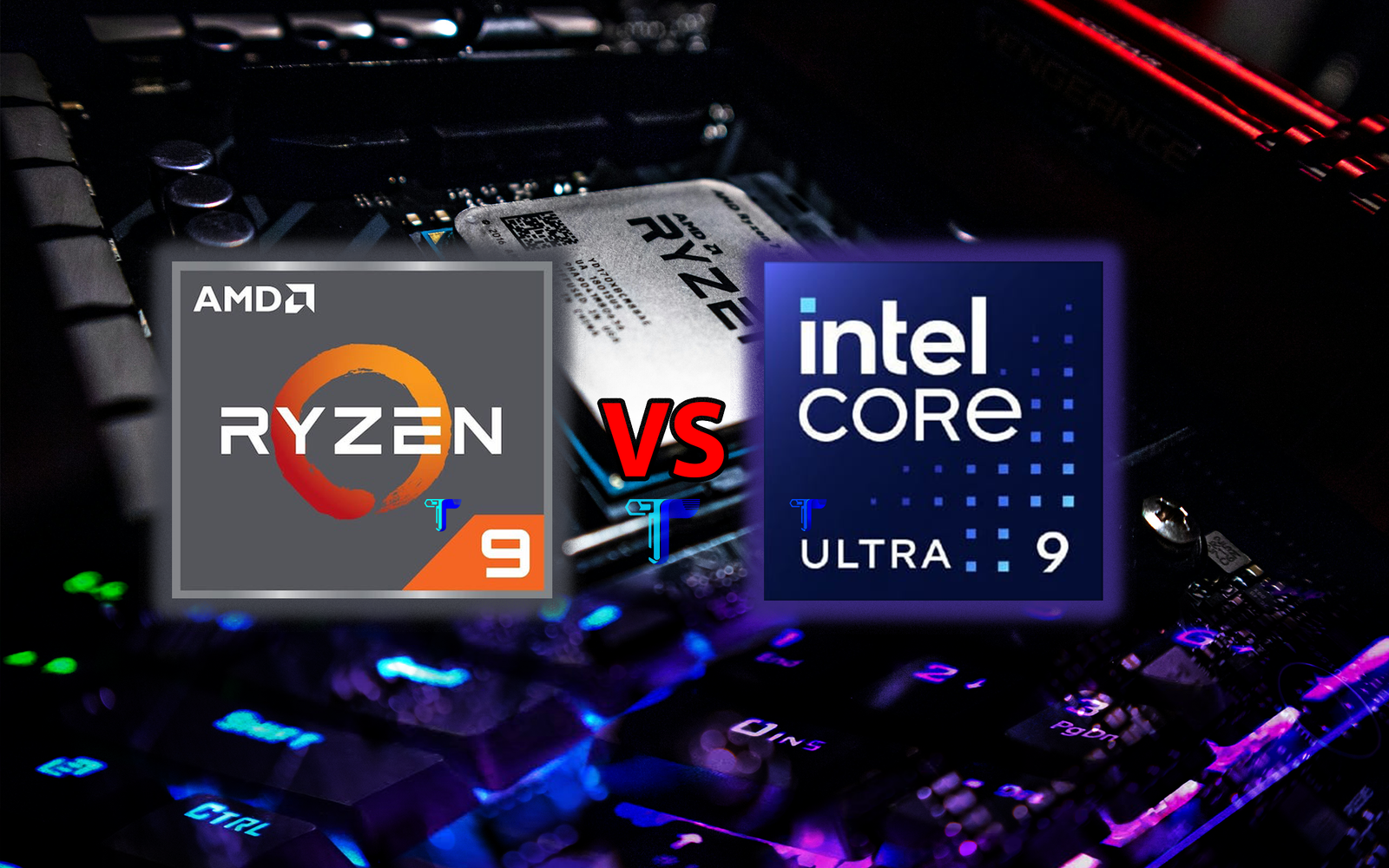A detailed comparison of the Redmi Note 14 and Redmi Note 13 smartphones is presented to help determine which phone is better for budget-conscious consumers. The discussion includes the performance, design, display, camera, and battery life of the phones. Here’s an analysis focusing on five key aspects.
Processor and Speed Test:
The Redmi Note 14 is powered by the Dimensity 720 processor, a mid-range chipset that delivers good performance for multitasking, heavy apps, and gaming. Its 2.5 GHz clock speed (Cortex-A55) allows for fast and powerful performance. In contrast, the Redmi Note 13 uses the slightly older Cortex-A76 chipset, which has a clock speed of 2.4 GHz. Although it provides good performance for most users, it isn’t as fast or efficient as the Note 14. In speed tests, the Note 14 clearly outperformed the Note 13, loading apps quickly and showing smooth transitions during tasks. For those seeking better performance in daily use, the Note 14 is more suitable.
Design and Build:
In terms of design, both phones are quite similar, but there are some differences. The Redmi Note 13 has a thickness of 7.6 mm, while the Note 14 is 8 mm thick, making the Note 13 slightly thinner. Although the difference is minimal and not easily noticeable when placed side by side, both phones feature slim bezels and modern designs. Both have good build quality, but the Note 14 feels a bit more balanced in hand, possibly due to its evenly distributed weight. For those who prefer a thinner and lighter phone, the Note 13 may be a slight advantage. However, the design differences are minor and not significantly important in practical terms.
Camera Performance:
Emphasis is placed on camera quality, with both phones featuring a primary camera, ultra-wide lens, and depth sensor. However, the sensors in the Redmi Note 14 are better optimized, resulting in improved image quality. In comparison, the images from the Redmi Note 14 are clearer, especially in good lighting conditions. Its ultra-wide camera captures more details and reduces edge distortion. The Note 13 also performs well but falls behind in side-by-side comparisons, with the Note 14 offering more vibrant colors, better low-light performance, and slightly improved dynamic range. For photography enthusiasts, the Note 14 provides a slight advantage.
Display and Battery:
Both the Redmi Note 14 and Redmi Note 13 offer quality displays that are quite similar in terms of size, brightness, and color reproduction. With no significant differences in the display, the experience is also very similar. However, in terms of battery, the Redmi Note 14 has a slight edge. Its more efficient processor allows it to last longer with the same battery capacity. For those seeking long battery life, the Note 14 is the better choice, making it a good option for users looking for extended usage.
Gaming Performance:
The improved performance of the Redmi Note 14 in gaming is evident. Thanks to the advanced Dimensity 720 processor, it provides less frame drop and smoother performance during gaming sessions. The Redmi Note 13 also performs well in gaming but lags behind when running more demanding games. The processor in the Note 14 not only ensures smooth gameplay but also maintains good temperature control during extended gaming. For those who spend a lot of time gaming, the Note 14 is preferable, as it offers faster loading times, higher frame rates, and a more responsive gaming experience.
Conclusion: Both the Redmi Note 14 and Redmi Note 13 are good phones within their price ranges. However, the Redmi Note 14 has improvements in performance, camera quality, battery life, and gaming performance, making it the overall better choice. For those seeking a durable and high-performing phone, the Redmi Note 14 is the clear winner. However, for those who prefer a thinner and lighter design, the Note 13 is a good alternative.




